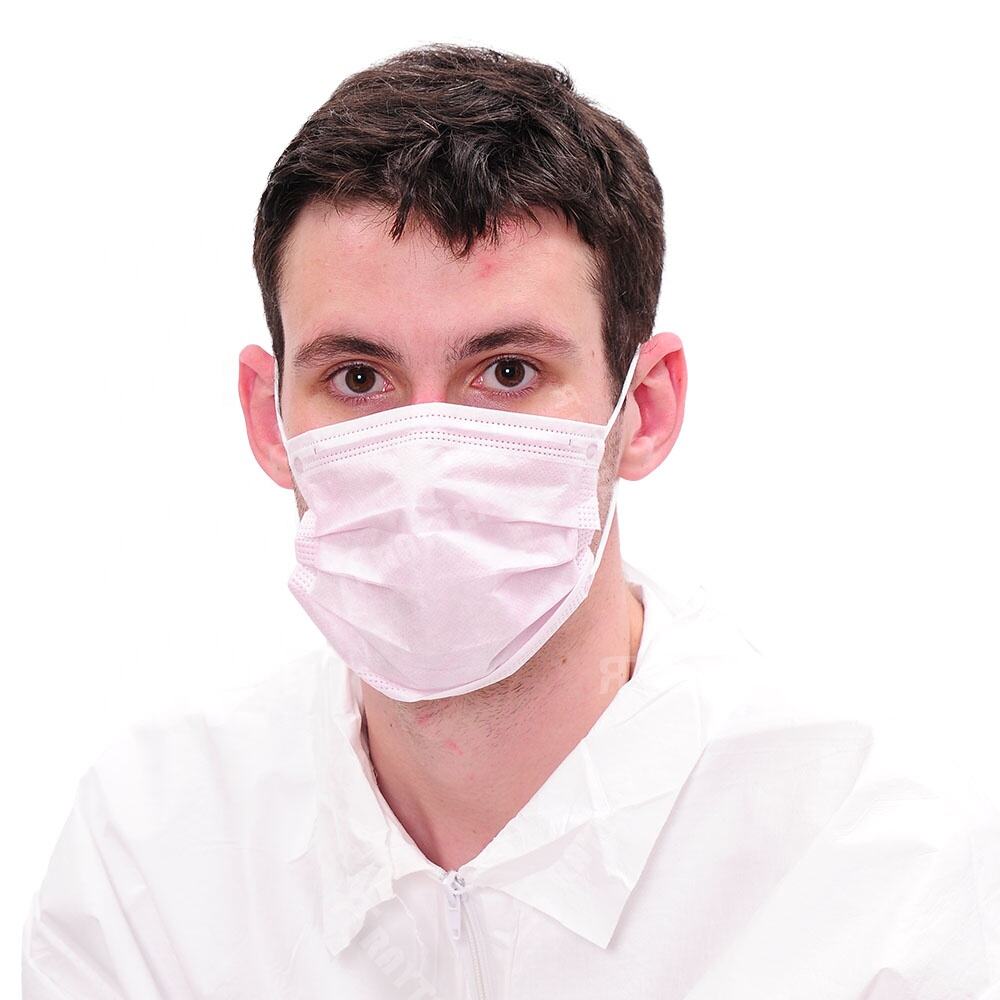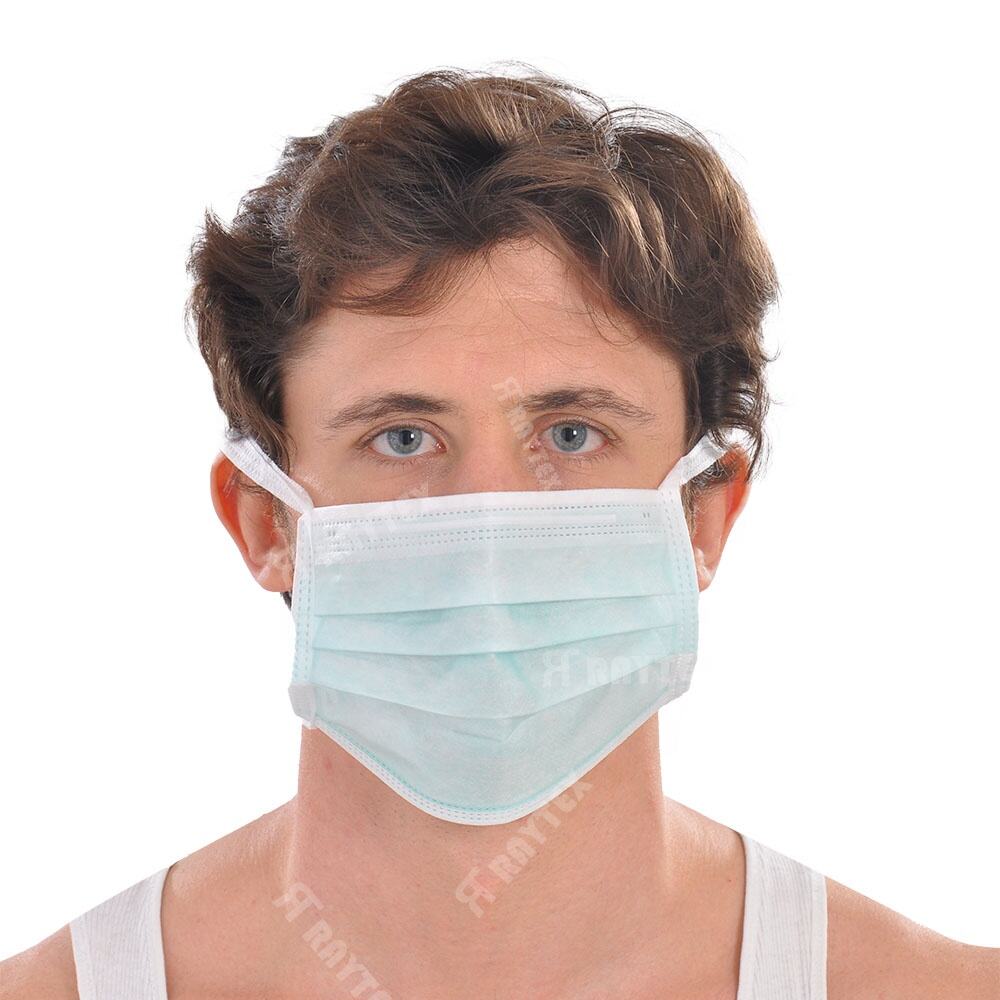Ansigtsmasker til røgbeskyttelse til brandfolk er specialiserede åndedrætsudstyr, der er konstrueret til at beskytte brandfolk mod giftige dampe, partikler og gasser, som opstår ved bygnings- og skovbrande. Disse masker, som ofte er integreret i selvforsynede åndedrætsapparater (SCBA), kombinerer højeffektiv filtrering med holdbar konstruktion for at modstå ekstreme temperaturer og hårde forhold. Den centrale komponent er en filterpatron eller -boks, som er designet til at fjerne kulilte, hydrogencyanid og andre forbrændingsprodukter – almindelige i røg – som kan forårsage akut forgiftning eller langsigtede åndedrætsskader. Avancerede modeller anvender flerlags filtreringsmaterialer, herunder aktivt kul til kemisk adsorption og HEPA-filtre til at fange partikler så små som 0,3 mikron og sikre beskyttelse mod 99,97 % af luftbåren forurening. Designmæssigt er funktion i højstressede miljøer prioriteret: en tætsluttende silikone- eller gummemaske skaber en lufttæt barriere og forhindrer røgindtrængning, mens justerbare hovedremme sikrer en sikkert siddeplads under intensiv bevægelse. Mange masker inkluderer en talemembran, som gør det lettere for teammedlemmer at kommunikere – en vigtig sikkerhedsfunktion ved kaotiske brandscener. Termisk modstandsdygtighed er en anden nøgleegenskab, hvor materialer er testet til at modstå temperaturer op til 260°C (500°F) uden at forringes og dermed beskytter brugeren mod strålevarme. Overholdelse af internationale standarder er ufravigelig, og masker skal overholde NFPA 1981 (Standard for åbne selvforsynede åndedrætsapparater til beredskab) og EN 137 (Respiratoriske beskyttelsesudstyr til brandfolk) for at sikre ydeevne under simulerede brandforhold. Almindelige tests inkluderer kontrol af luftstrømsmodstand, tæthed og filtereffektivitet efter udsættelse for varme og fugt. Ud over den umiddelbare beskyttelse tager disse masker højde for langsigtede helbredsmæssige forhold, såsom reduktion af eksponering for kræftfremkaldende stoffer som benzen og formaldehyd, som findes i røg. Ergonomisk design minimerer træthed under længere brug – afgørende for brandfolk, som måske bærer masken i timer under redningsoperationer. Ved at integrere disse specialiserede masker i deres udstyr opnår brandfolk en afgørende beskyttelseslag, som gør dem i stand til at udføre livreddende opgaver og samtidig reducere risikoen for akutte og kroniske åndedrætsskader.


